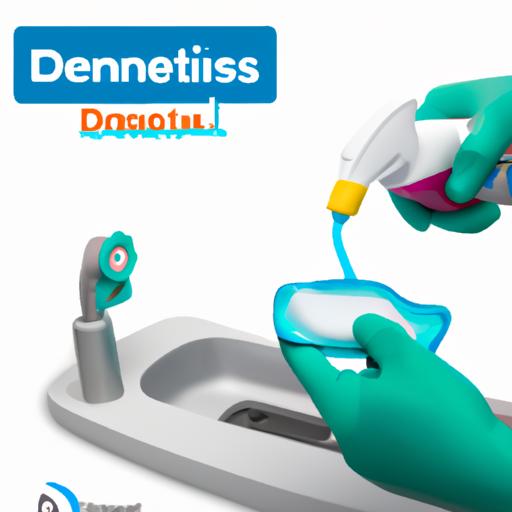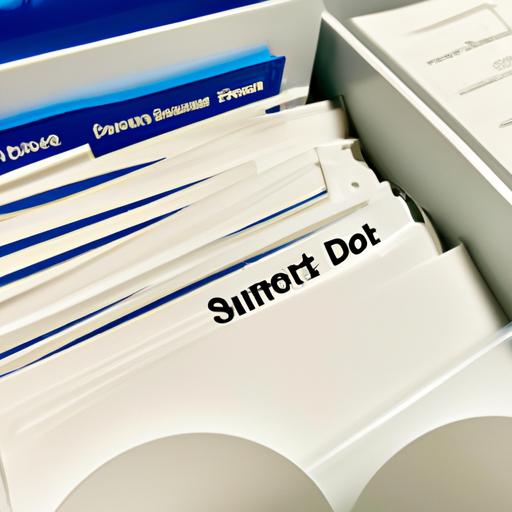
Discover the essential cleaning dental instruments procedures to ensure optimal safety and hygiene. Learn the best practices and compliance guidelines.
Introduction
Maintaining proper hygiene and cleanliness in dental practices is crucial to ensure the health and safety of patients and dental professionals alike. One vital aspect of this is the thorough cleaning of dental instruments. In this comprehensive guide, we will delve into the various cleaning procedures involved in sterilizing dental instruments, emphasizing the significance of adhering to proper cleaning protocols.
Understanding the Cleaning Process for Dental Instruments
To ensure effective cleaning, it is essential to understand the step-by-step process involved in cleaning dental instruments. The initial stage typically involves pre-cleaning procedures, where visible debris is removed manually. This step helps prepare the instruments for further cleaning processes.
Once pre-cleaning is complete, it is time to select appropriate cleaning agents. Various cleaning agents, such as enzymatic cleaners and detergents, offer different benefits. Enzymatic cleaners are particularly effective in breaking down organic matter, while detergents help remove grease and other residues.
Cleaning dental instruments can be performed manually or using ultrasonic cleaners. Manual cleaning involves scrubbing the instruments with a brush and detergent solution, ensuring all surfaces are thoroughly cleaned. Ultrasonic cleaners, on the other hand, use high-frequency sound waves to create microscopic bubbles that help remove debris from the instruments. This method can be more efficient and time-saving.
Best Practices for Cleaning Dental Instruments
Adhering to best practices is crucial to ensure the efficacy of the cleaning process and maintain a safe dental environment. Implementing the following practices can help optimize the cleaning of dental instruments:
1. Wearing Appropriate Personal Protective Equipment (PPE)
Before starting the cleaning process, dental professionals must wear the necessary PPE, including gloves, masks, and protective eyewear. This precautionary measure ensures personal safety and minimizes the risk of cross-contamination.
2. Proper Handling and Disposal of Contaminated Instruments
To prevent the spread of infection, it is vital to handle contaminated instruments with care. Dental professionals should use designated containers for sharps and contaminated materials and follow proper disposal guidelines. This practice ensures the safety of both patients and staff.
3. Sterilization Methods After Cleaning
After the cleaning process, dental instruments must undergo sterilization to eliminate any remaining microorganisms. Common sterilization methods include autoclaving, chemical vapor sterilization, and dry heat sterilization. Each method has its advantages and should be selected based on the instrument’s material and intended use.
4. Regular Maintenance and Inspection of Cleaning Equipment
To ensure the cleaning equipment’s optimal performance, regular maintenance and inspection are essential. This includes cleaning and descaling ultrasonic cleaners, replacing worn-out brushes, and verifying the proper functioning of sterilizers. Regular maintenance helps extend the lifespan of the equipment and ensures consistent cleaning results.

Documentation and record-keeping system for cleaning procedures and sterilization cycles in a dental practice.
Ensuring Compliance and Quality Control in Dental Instrument Cleaning
Compliance with regulatory guidelines and implementing quality control measures is crucial to maintain a high standard of instrument cleaning. Dental practices should prioritize the following aspects:
1. Regulatory Guidelines and Standards for Cleaning Dental Instruments
Dental practices must familiarize themselves with local regulatory guidelines and standards governing the cleaning of dental instruments. These guidelines ensure that dental professionals adhere to specific protocols and maintain a safe and hygienic environment.
2. Documentation and Record-Keeping
Accurate documentation and record-keeping play a vital role in ensuring compliance and traceability. Dental practices should maintain detailed records of cleaning procedures, sterilization cycles, equipment maintenance, and staff training. These records provide essential information in case of audits or inspections.
3. Employee Training and Ongoing Education
Proper training and continuous education are crucial to ensure that dental professionals are well-equipped with the knowledge and skills required for effective instrument cleaning. Regular training sessions and updates on the latest cleaning techniques help maintain consistency and improve the overall quality of the cleaning process.
4. Quality Control Measures
Implementing quality control measures is essential to monitor and maintain the effectiveness of the cleaning process. This includes periodic testing of cleaning agents, routine monitoring of sterilization cycles, and regular evaluation of cleaning equipment. Quality control measures help identify any shortcomings and ensure that the cleaning process consistently meets the desired standards.
In conclusion, adhering to proper cleaning protocols for dental instruments is of utmost importance in maintaining a safe and hygienic dental environment. By understanding the cleaning process, following best practices, ensuring compliance, and implementing quality control measures, dental practices can optimize their instrument cleaning procedures and safeguard the well-being of both patients and staff.
For more tips and guidance on dental hygiene and instrument cleaning procedures, visit BestWaterFlosserHQ. Remember, a clean dental instrument is a step closer to a healthy smile!






